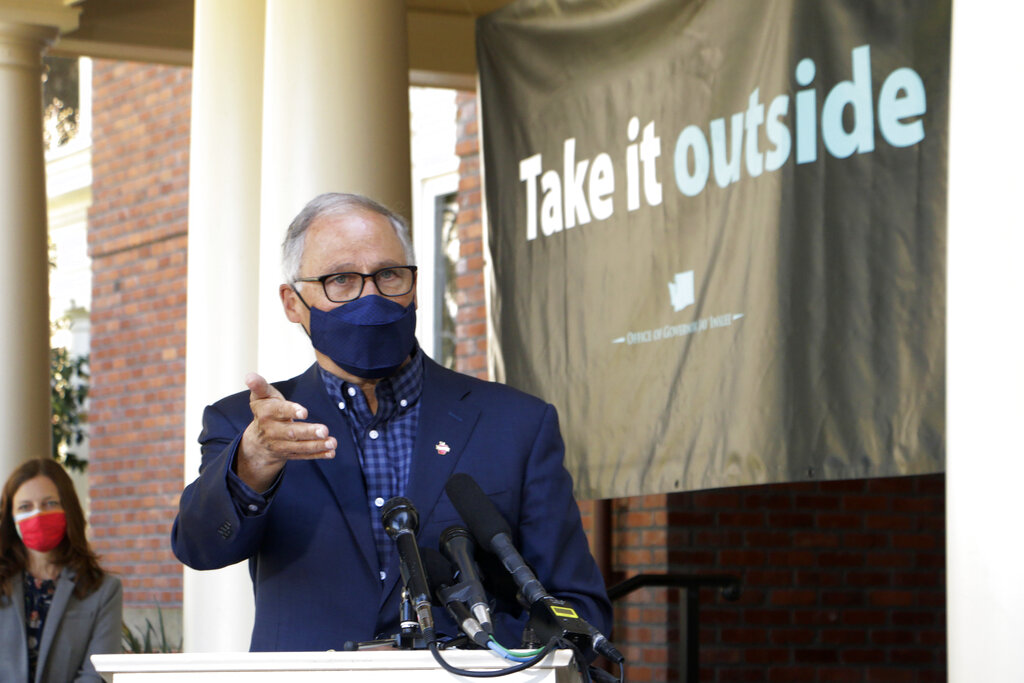OLYMPIA, Wash. (AP) — Washington has seen a slowdown in demand for COVID-19 vaccines, leading the state on Thursday to adjust the way it is allocating supply to ensure more doses are being sent to areas where demand is highest.
“It is a terrible thing to think we would have vaccine to save people’s lives and not see it in people’s arms,” Gov. Jay Inslee said at a news conference, where he warned of coronavirus variants that are leading to an increase in cases and hospitalizations.
All state residents over age 16 have been eligible for a coronavirus vaccination since April 15. As of Thursday, more than 5.2 million doses of vaccine have been administered and nearly 30% of the state has been fully vaccinated.
Previously, the state Department of Health allocated doses to counties proportionally based on their population. Now, allocation decisions will be based on health care provider requests, in addition to population size of counties.



